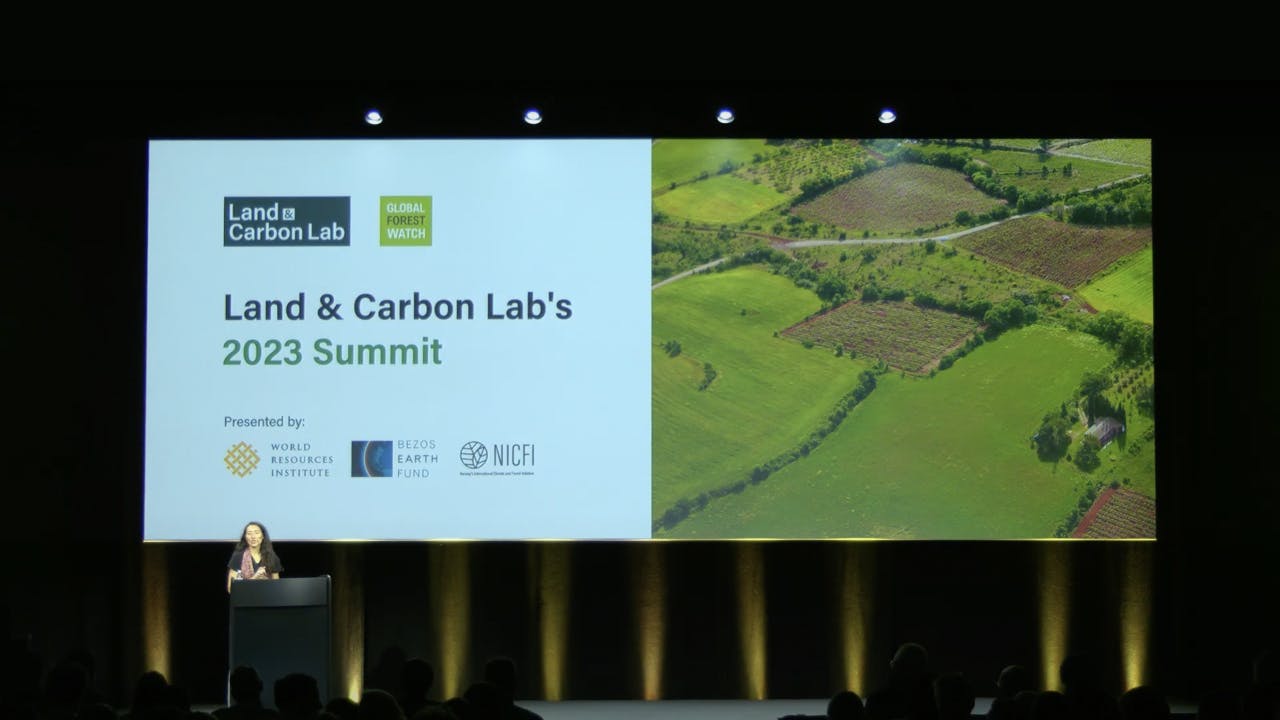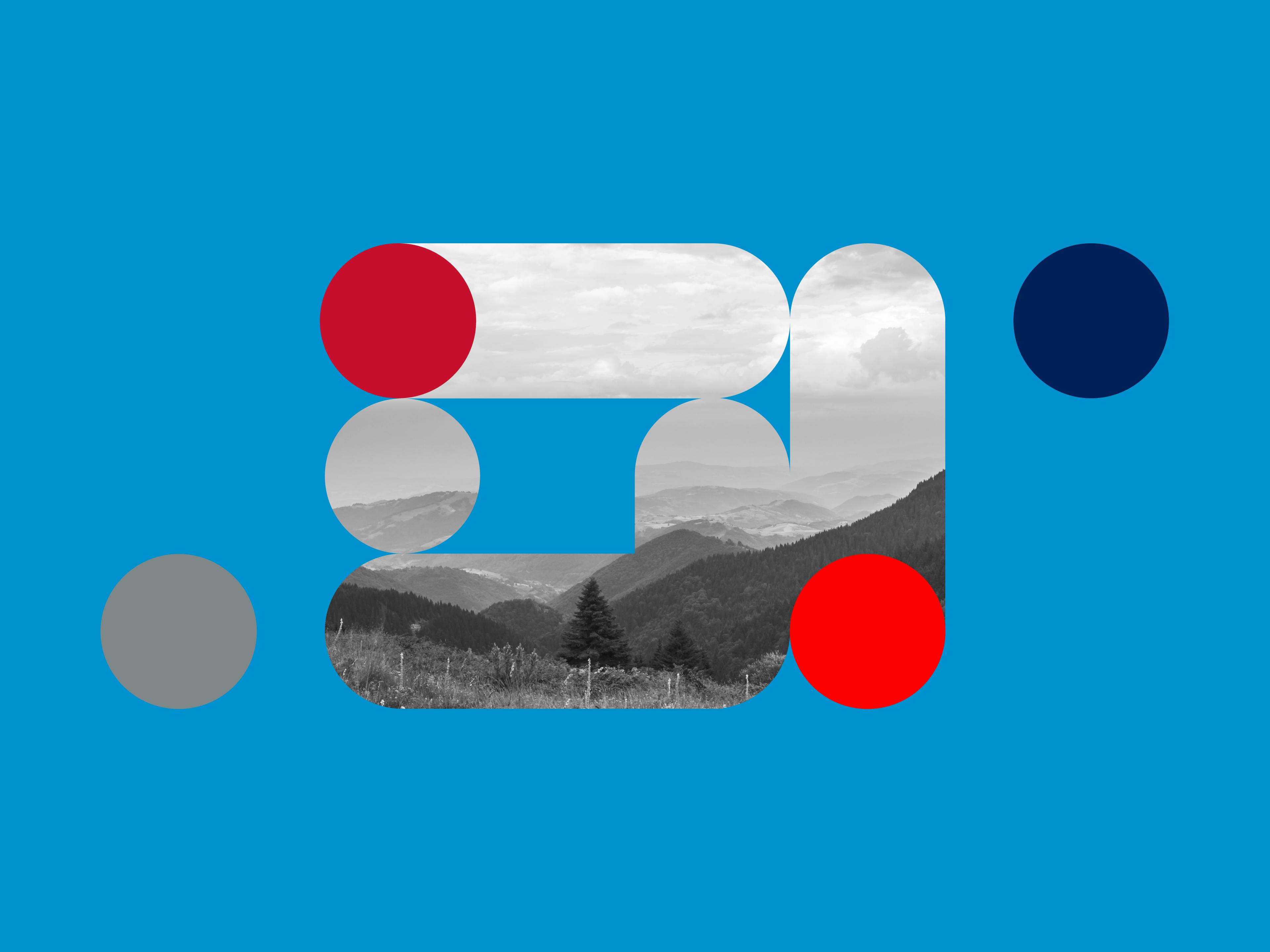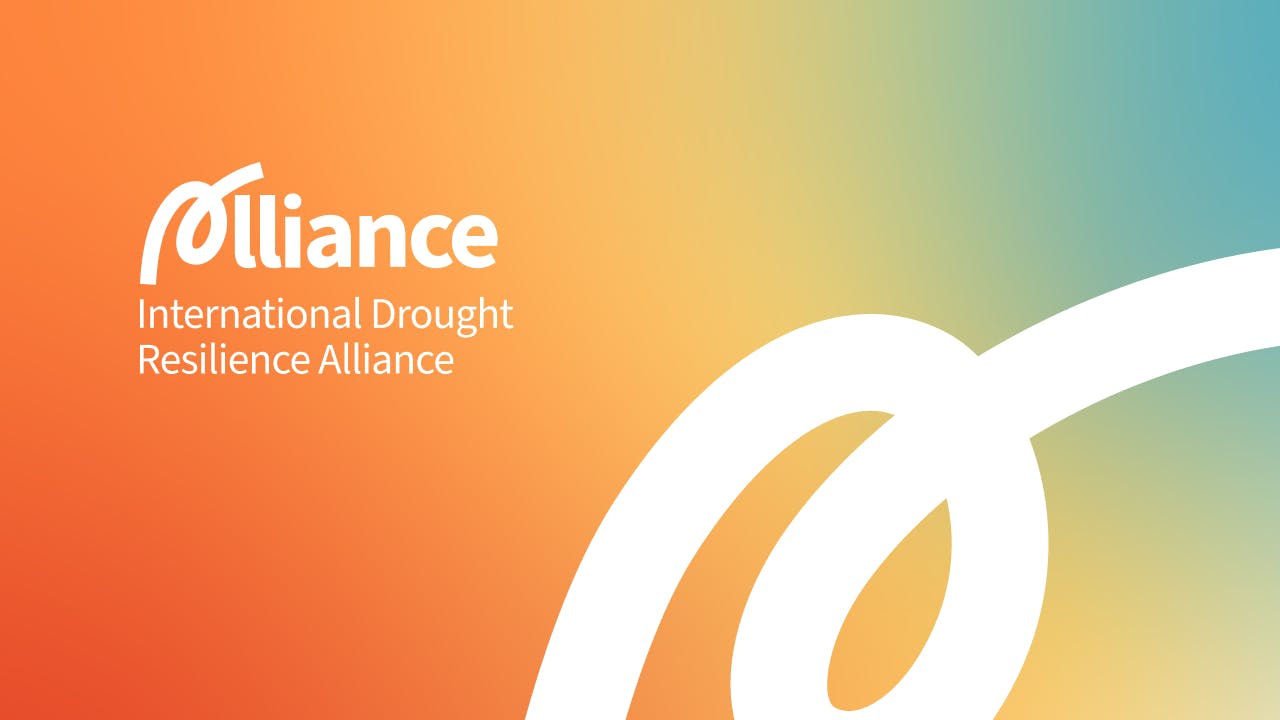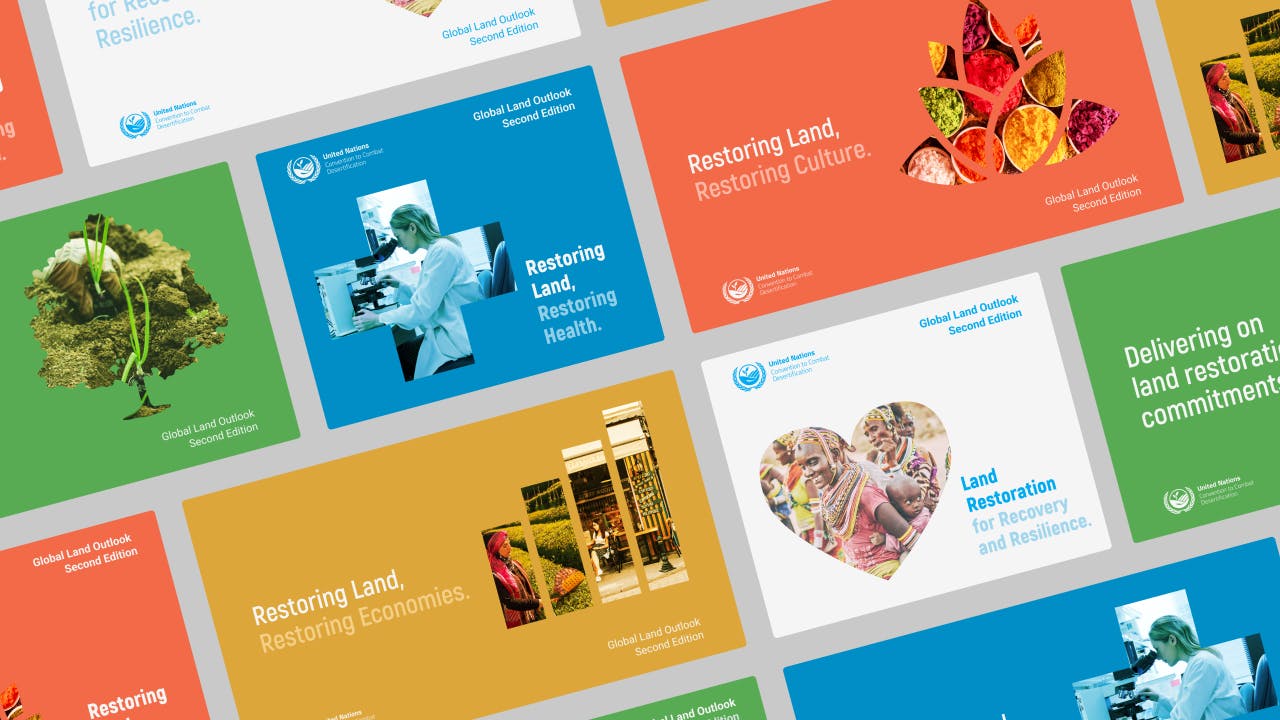How can the Nature Crimes Alliance establish itself as a thought leader in the use of technology and tools to detect, prevent, and deter crimes against nature?
Background
In 2022, the World Resources Institute (WRI) announced the launch of the Nature Crime Alliance, a coalition of government and non-government partners combatting criminal activities that exploit natural resources worldwide.
WRI sought Høst’s support to conduct a horizon scan of existing technology used in the detection and prevention of nature crimes, which would inform the Alliance’s strategy around the topic and serve as a valuable repository for its members.
Objectives
Demonstrate leadership
Connect the dots
Inform efforts
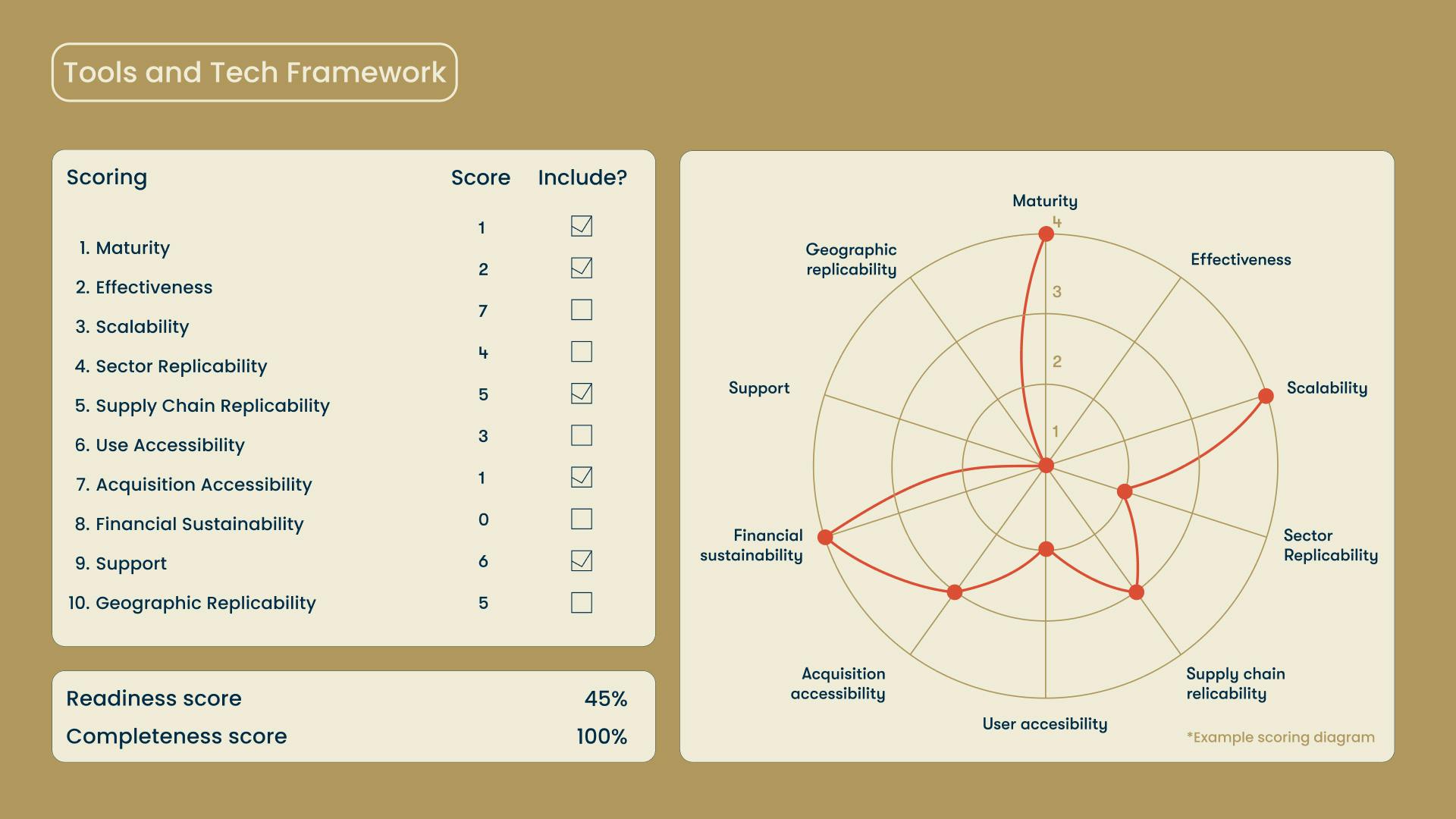
How did we work through the challenge?
Understanding nature crimes
Høst worked with the Alliance’s management and communications teams to identify the scope of what a nature crime meant to them - actions taken outside of laws or cultural guidelines which contribute to larger, organized crime. From here, we determined the five main categories of nature crimes that were to be addressed: illegal logging, land conversion, illegal wildlife trade, minerals, and illegal unreported unregulated fishing. Notably, this excluded financial crimes, which were defined as a secondary crime committed or “channel” to foster nature crimes. Discussions in this kickoff workshop helped us understand the scope of our investigation, why tools and technology were mission critical to the Alliance, and what knowledge types could most add value to existing work around each of the five activity types.
In addition to defining nature crimes, it was important to establish how they converged in order to understand how nature crimes contribute to larger organized criminal activity - for example, how how illegal mining operations intersected with human trafficking rings. Tools and technology were a key factor in this analysis: they provide important data that can identify when, where, and how crimes take place. This data can then be leveraged by partners to raise political will, mobilize financial commitments and increase capacity to prevent crimes, or disrupt the systems that allow the crimes to take place.
Tools, technology, and thought leadership
By understanding and aggregating the tools and technologies that currently exist, the Alliance could position itself as a resource and a convener of stakeholders to catalyze efforts against nature crimes. We helped the Alliance define the scope of their expertise and begin identifying an index of critical tools and technologies.
Based on our discussions, Høst created a database of over 60 existing technologies used in sectors most susceptible to nature crimes. The data was then disaggregated by the creator of the tech, geographic application, ease of adoption, potential for utility in other sectors, and supply chain level. By disaggregating the information, our goal was to go beyond just having a “directory”, but actually have the data to identify patterns, scalability and points of convergence.
Framework and assessment
Building upon the initial ask of identifying the critical tools to combat nature crimes, our team created a Technology Scan Framework to catalog future technologies, ensuring new developments would be captured once the project closed. The Framework also included an assessment tool to determine each new technology’s potential to be scaled or adapted for other sectors.
The framework methodology was patterned after Høst’s previous work for WRI, namely the Data Lab and Product Innovation Studio— WRI’s core data innovation and delivery unit that provides support and guidance to leverage technological innovations toward social impact projects. Setting up the Technology Scan Framework to match the way the Data Lab analyzes technology allowed for interoperability and seamless integration, allowing partners to view and access tools with ease.
What were the outcomes?
By creating an index of existing tools and technologies as well as a framework for analyzing future innovations, the Alliance was well-positioned as a convener in discussions around combatting nature crimes in time for its launch.
At the close of our work together, Høst developed a workshop guide for The Alliance to kick off these discussions with stakeholders and potential partners. The workshop was conducted as a side event during WRI’s Land and Carbon Lab Summit held from 27-29 June 2023 in Brussels, Belgium and introduced the database as a means to identify potentials for scale, opportunities for adaptation in other sectors, or gaps/barriers in successfully combatting nature crimes. It was well received by participants and contributed to momentum in the Alliance’s objective of becoming a leader and dot-connector within the industry.
